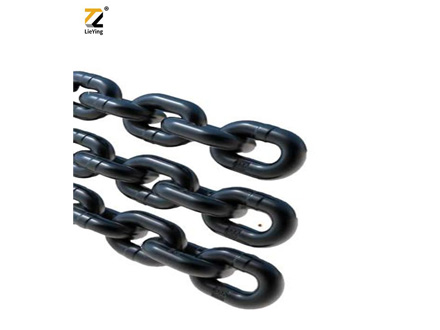How Do I Choose a Chain Sling?
When it comes to lifting heavy loads in industrial settings, chain slings are an indispensable tool. They are durable, versatile, and easy to use, making them a popular choice for a wide range of applications. However, with so many options available on the market, how do you choose the right chain sling for your needs? In this article, we will provide you with some tips on how to select the best chain sling for your specific requirements.
**Consider your load requirements**
The first step in choosing a chain sling is to consider the weight and dimensions of the loads you will be lifting. Different types of chain slings are designed to handle different load capacities, so it is important to select a sling that is rated for the weight of the heaviest load you will be lifting. Additionally, you should consider the shape and size of the loads, as this will impact the length and configuration of the chain sling you need.
**Select the appropriate chain grade**
Chain slings are available in various grades, with Grade 80 and Grade 100 being the most common options. The grade of the chain refers to the material and construction quality, with Grade 100 chains being stronger and more durable than Grade 80 chains. When choosing a chain sling, it is important to select the appropriate grade based on the weight and type of loads you will be lifting. In general, Grade 100 chains are recommended for heavier loads and more rugged applications, while Grade 80 chains are suitable for lighter loads and less demanding environments.
**Choose the right configuration**
Chain slings come in a variety of configurations, including single leg, double leg, triple leg, and quad leg slings. The configuration you choose will depend on the number of attachment points you need to lift the load safely and securely. Single leg slings are ideal for lifting loads from a single point, while multiple leg slings are better suited for loads that require multiple attachment points to distribute the weight evenly. When selecting a chain sling, consider the weight and shape of the loads you will be lifting, as well as the lifting angles and attachment points available in your workspace.
**Inspect for safety and reliability**
Before using a chain sling, it is important to inspect it for signs of wear, damage, or defects that could compromise its safety and reliability. Look for any visible cracks, bent links, worn or elongated links, or other signs of wear that could indicate the need for replacement. Additionally, check the chain sling for proper tags, markings, and certifications to ensure that it meets industry standards and regulations for safe lifting operations.
In conclusion, choosing the right chain sling for your lifting needs requires careful consideration of load requirements, chain grade, configuration, and safety factors. By taking the time to assess your specific chain sling needs and selecting a high-quality product from a reputable supplier, you can ensure safe and efficient lifting operations in your industrial environment. If you need assistance with choosing the right chain sling for your application, don't hesitate to contact us for expert advice and guidance.

评论
发表评论